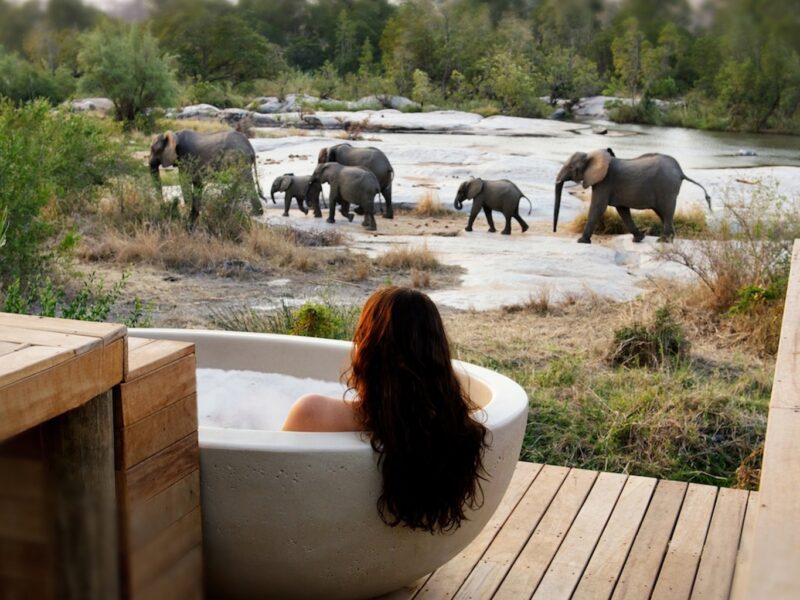A Guide to the Serengeti Great Migration in July
In July, the Serengeti pulses with energy as the Great Migration reaches a critical point in its annual journey. It is a time of courage, peril, and extraordinary movement—a chapter where nature reveals its most dramatic pageantry.
July marks one of the most spectacular and eagerly anticipated moments in the Serengeti Great Migration—the beginning of the river crossing season. During this month, the massive herds of wildebeest, zebra, and gazelle push northward from the central Serengeti into the northern reaches of the park, particularly the Kogatende and Lamai areas, and some even begin crossing into Kenya’s Masai Mara. With the dry season setting in, water and grazing become scarcer, compelling the herds to continue their ancient trek toward the greener pastures of the north, no matter the risk.
The Start of the Mara River Crossings
One of the defining features of July is the first major crossings of the Mara River, a treacherous and awe-inspiring event. The wildebeest face steep riverbanks, strong currents, and lurking crocodiles as they cross in a frantic dash for survival. The crossings are unpredictable—they can occur at any time of day and often involve thousands of animals plunging into the river en masse. Observing a crossing is a truly humbling experience, a powerful reminder of nature’s raw forces and the instinct that drives these animals to press on.
Wildlife and Predator Activity
July’s dry weather concentrates animals around remaining water sources, which increases the chances of spectacular game viewing. The northern Serengeti becomes a prime location for predator action, with lions, cheetahs, and hyenas closely following the herds. The open terrain allows for exceptional visibility during game drives, and the predator-prey dynamics are heightened by the sheer number of animals navigating unfamiliar and dangerous territory.
Landscapes in the Dry Season
By July, the Serengeti has taken on the golden hues of the dry season. The grasses are shorter, making wildlife easier to spot, and the skies are often clear, offering dramatic sunrise and sunset views. The dusty roads and arid riverbeds speak to the resilience of the ecosystem, while the Mara River, teeming with wildlife and activity, becomes the beating heart of the migration.
Why July is a Peak Safari Month
July is considered one of the best months to go on safari in Tanzania due to the high density of animals, thrilling predator action, and the chance to witness one of nature’s most powerful spectacles—the Mara River crossing. While it is a popular time with travelers and accommodations fill up quickly, the rewards are exceptional for those who plan ahead. The combination of comfortable weather, spectacular wildlife, and the unfolding migration drama make it ideal for seasoned safari-goers and first-time visitors alike.




